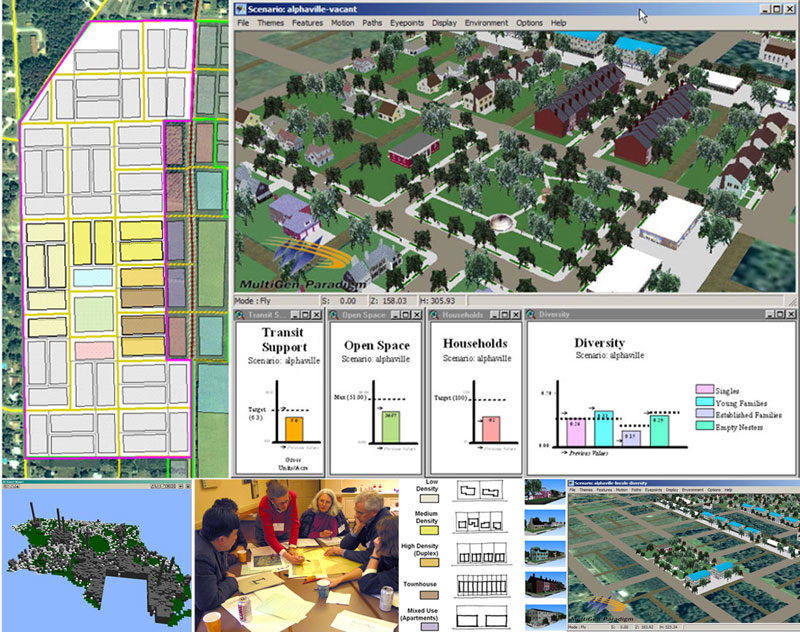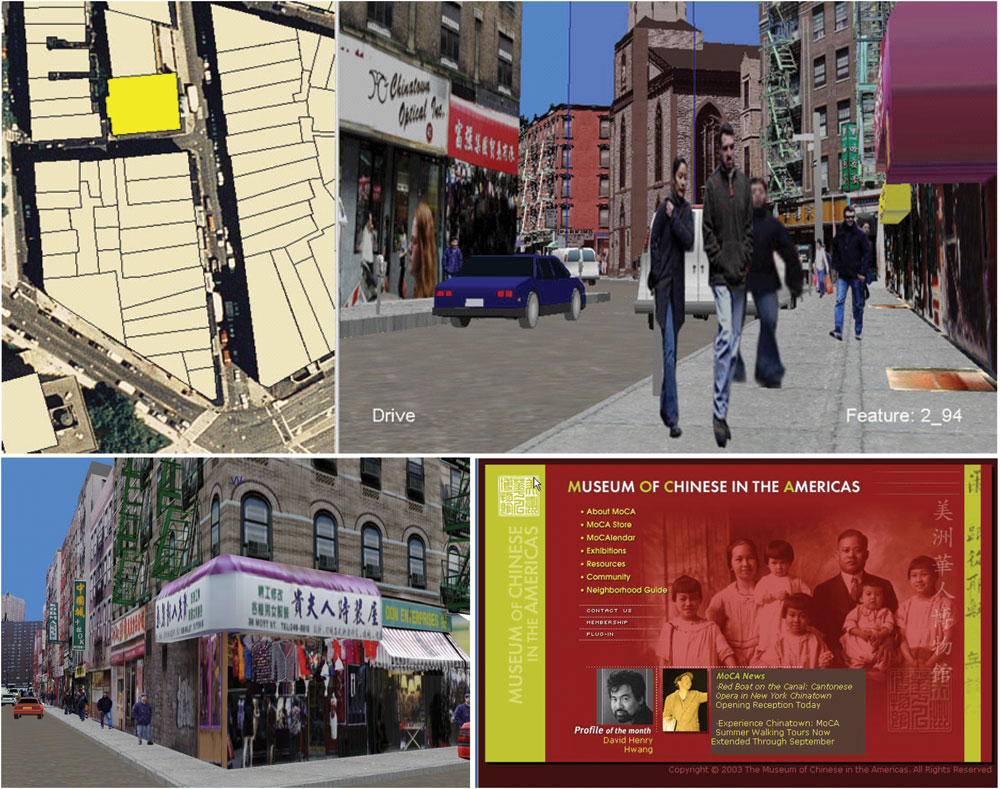Thursday
Sep222011
Lincoln Institute of Land Policy

Visioning and Visualization Workshop
The Lincoln Institute of Land Policy, whose mission includes "integrating theory and practice to better shape land policy" and "improving the quality of debate and disseminating knowledge of critical issues in land policy," invited the Environmental Simulation Center and ACP Visioning and Planning to develop a workshop for professional planners on "Visioning and Visualization.

 Building Capacity
Building Capacity
